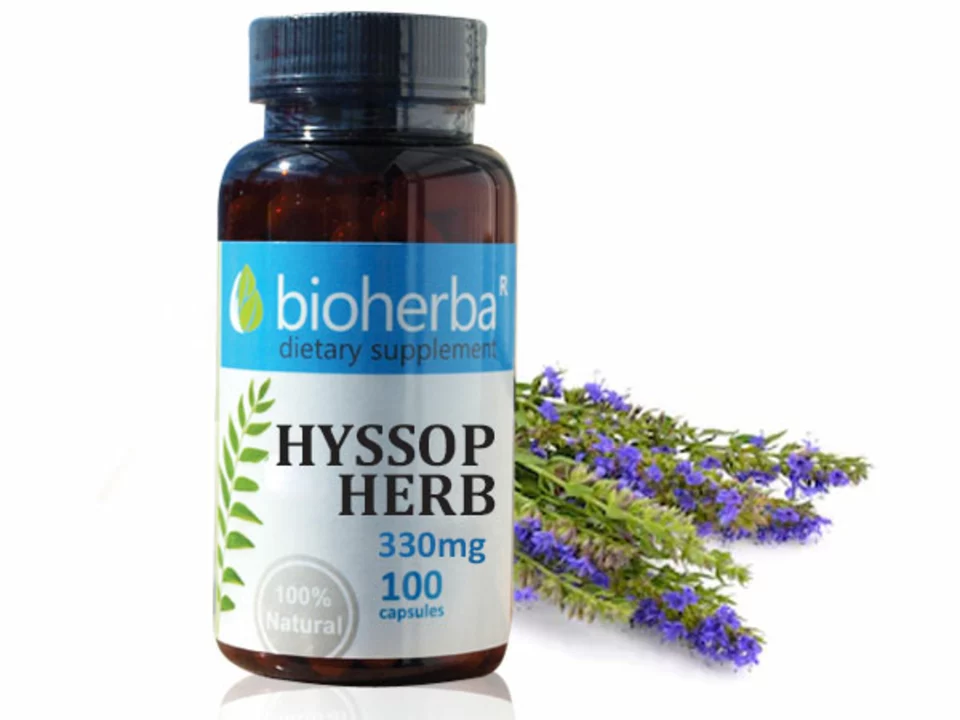Hyssop: What It Does and How to Use It Safely
Hyssop is an old herbal tonic people have used for digestion, mild coughs, and seasonal sniffles. You might see it in teas, tinctures, or as an essential oil. It smells minty and slightly bitter, and a small pinch can change the flavor of a soup or a cup of tea. If you want a simple, practical look at hyssop—when to use it, how much, and what to avoid—this page gives clear, real-world advice.
Common Uses and What Works
People drink hyssop tea to soothe a sore throat or calm mild coughs. It contains volatile oils that can relax tight airways and help mucus move. For digestion, a weak hyssop infusion after a heavy meal can ease gas and bloating. Some cooks use fresh hyssop leaves to flavor roasted vegetables, stews, or marinades—think a minty, slightly floral kick.
In modern herbal practice, hyssop shows up in blends for respiratory support and mild digestive complaints. Home users often prefer tea or a mild tincture because those are easier to dose. The essential oil is stronger and used sparingly for topical rubs (diluted) or in diffusers for scent, not for internal use unless guided by a professional.
How to Make Hyssop Tea & Dosage Tips
To make hyssop tea, pour 8 oz (about 240 ml) of boiling water over 1–2 teaspoons of dried hyssop or a small handful of fresh leaves. Let it steep 5–10 minutes, then strain. Start with one cup a day. If it feels good, you can have up to three cups daily for short periods (a week or two). If symptoms persist, talk to a healthcare provider.
For tinctures, follow the product label. Typical over-the-counter tinctures suggest 1–2 ml up to three times daily, but concentrations vary. Essential oil should never be applied neat to skin—always mix with a carrier oil (for example, 1 drop of hyssop oil per teaspoon of carrier) and do a patch test first.
Watch for interactions: hyssop may affect medications processed by the liver. If you take blood thinners, sedatives, or have epilepsy, get medical advice before trying hyssop. Pregnant and breastfeeding people should avoid internal use unless a clinician says it’s safe.
Growing hyssop is straightforward: it prefers full sun and well-drained soil. Cut it back after flowering to keep plants bushy. Fresh leaves store briefly in the fridge; drying stems on a rack preserves the herb for months.
Short, practical takeaway: hyssop can help mild coughs and digestion when used as tea or a mild tincture. Use essential oil carefully and check with a clinician if you’re on meds, pregnant, or have seizures. Start small, watch how your body reacts, and enjoy hyssop’s bright, herbal flavor in food and tea.

